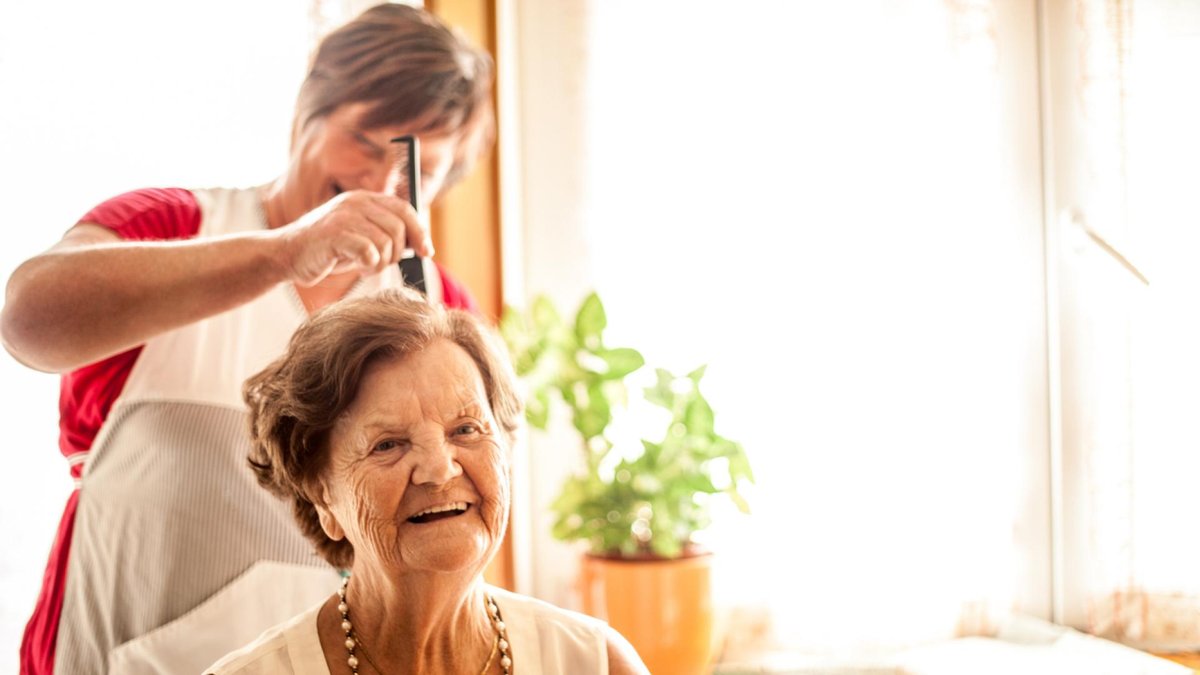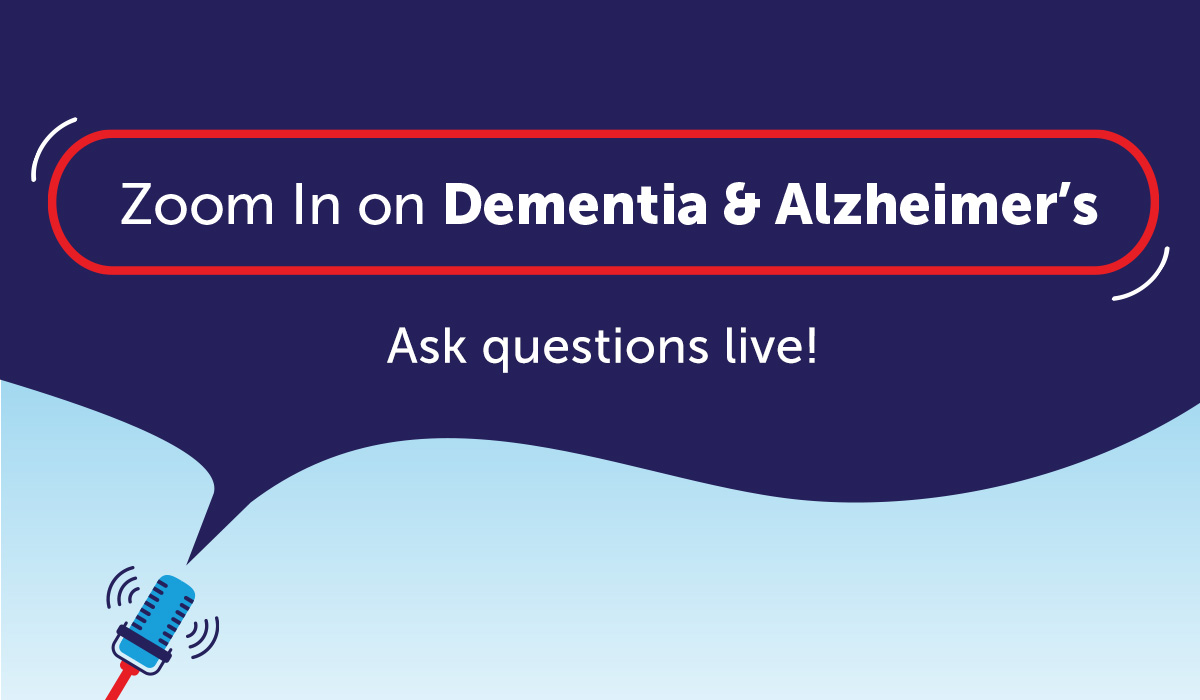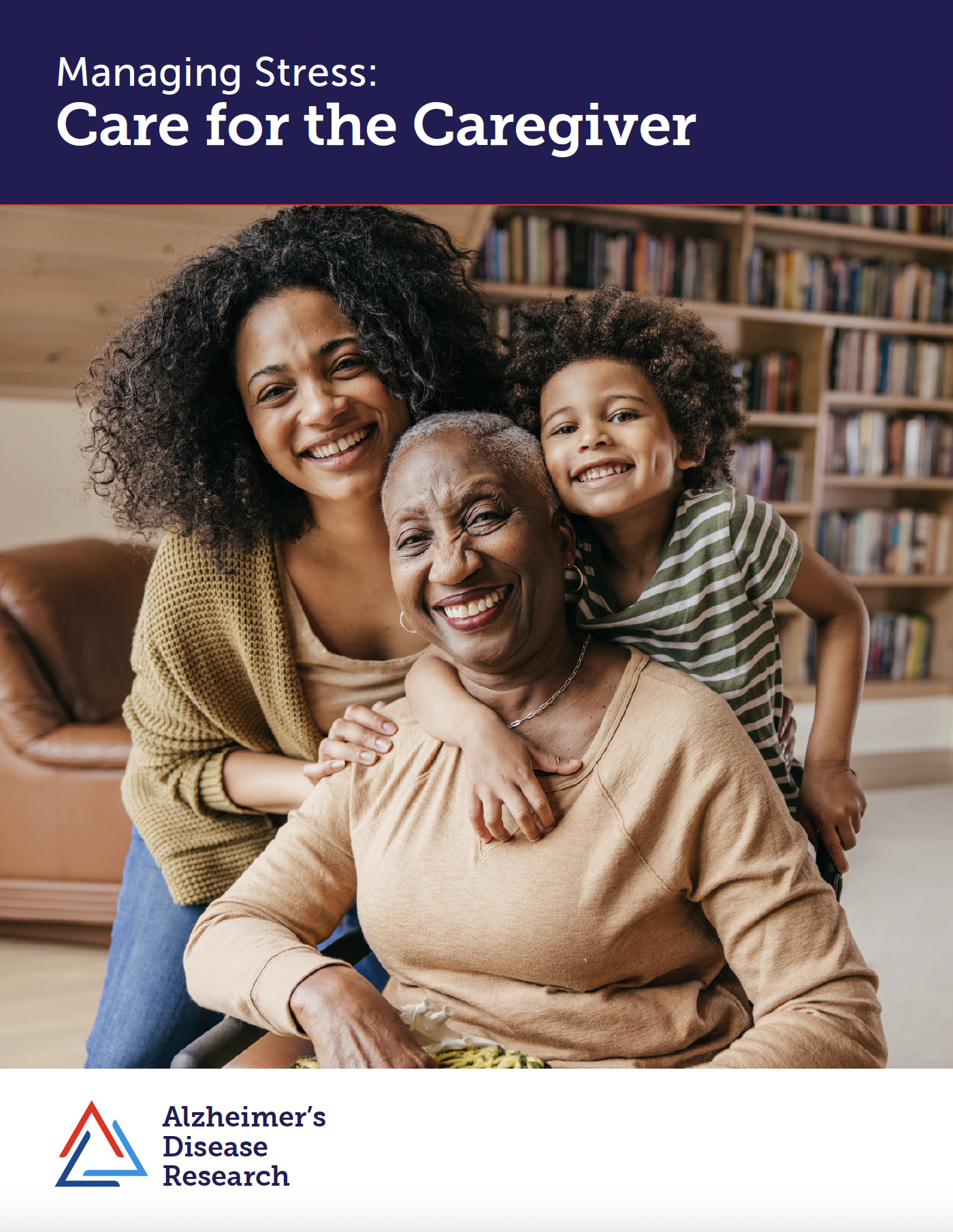
As a caregiver, you may sometimes wonder if there is a better way to assist your loved one with personal hygiene and grooming. As their ability to independently manage their personal hygiene declines, increasingly you need to help accomplish these tasks. This article provides tips to make the process simpler and more comfortable.
These tips are organized into five areas: general, bathing, dressing, personal grooming, and oral hygiene.
Remember These General Tips
The following suggestions hold true for all tasks.
- Remove or disable the bathroom door lock.
- Use skid-proof bath rugs.
- Keep the setting uncluttered, and the process as simple as possible, i.e., keep bathroom (or any area where personal hygiene tasks are taking place) uncluttered. Always put out only those items needed, and lay them out in order of use.
- If looking into the mirror causes your loved one to be frightened, cover or remove it.
- Use your loved one’s favorite bath items—soaps, lotions, shampoo, toothpaste, etc.
Bathing
A sponge bath—where a person is not immersed in the water of a bath tub or shower, but cleaned with washcloths and towels while sitting or lying down—can be a good substitute for a full bath or shower. Then the loved one can have one or two full baths or showers per week. For a sponge bath, keep some of the following in mind for a better experience:
- Make sure the bathroom is warm, as your loved one will be removing his or her clothing for the bath. If the room is hot for you, it is likely warm enough for him or her.
- Start the sponge bath from his or her shoulders. For the upper body, cover the lower body with a towel. Work your way down, always talking as you go, explaining your next steps. If the loved one can participate in any part of the process, allow them to do so. Complete the upper half of the body, washing with soap and a washcloth, rinsing off the soap with a warm, clean, non-soapy washcloth, and then dry with the towel.
- At this point, cover his or her upper body, with an undergarment and shirt, or a large dry towel over the shoulders. The important thing to remember is to accommodate their need for modesty, and to keep them warm throughout the process.
- Repeat the above steps on the lower body.
For a shower or bath in the tub, the steps are the same as for the sponge bath, with some additional reminders:
- Use a shower seat when there is difficulty sitting down in the tub.
- Keep the water level in the bathtub low.
- With the hand shower, have your loved one use it for rinsing suds off, etc. Start at the top of the body, washing the hair first, letting them rinse if they are inclined, and then dry. While bathing the top part of the body, lay a towel over the bottom part. Do the same when you are washing the bottom half of the body by draping a towel around the shoulders. You want to be sure they are warm throughout the bath.
Dressing
As long as your loved one still wants to choose his or her own clothing, arrange a few articles of clothing by color and in a sequence to make decision-making easier.
- Keep the choices simple.
- Buy multiple pieces of the same clothing if your loved one prefers to wear the same clothing each day.
- When buying new clothing, some simpler options are clothing with Velcro closings, front closures, and large zippers. Warm-up suits work well too.
Personal Grooming
Some steps will simplify the process.
- As needed, provide more assistance when your loved one combs or brushes their hair, trims their nails, or shaves.
- Reduce or eliminate makeup when it becomes unimportant to the loved one.
Oral Hygiene
Early on, when your loved one is not able to initiate brushing his or her own teeth, you can help by brushing your own teeth at the same time with him or her. As time goes on, more assistance on your part may be needed.
In summary, keep the grooming process simple. Whenever possible, allow loved ones to do what they can by assisting them in completing each task versus doing the tasks for them.
About BrightFocus Foundation
BrightFocus Foundation is a premier global nonprofit funder of research to defeat Alzheimer’s, macular degeneration, and glaucoma. Through its flagship research programs — Alzheimer’s Disease Research, Macular Degeneration Research, and National Glaucoma Research— the Foundation has awarded nearly $300 million in groundbreaking research funding over the past 51 years and shares the latest research findings, expert information, and resources to empower the millions impacted by these devastating diseases. Learn more at brightfocus.org.
Disclaimer: The information provided here is a public service of BrightFocus Foundation and is not intended to constitute medical advice. Please consult your physician for personalized medical, dietary, and/or exercise advice. Any medications or supplements should only be taken under medical supervision. BrightFocus Foundation does not endorse any medical products or therapies.
- Lifestyle










